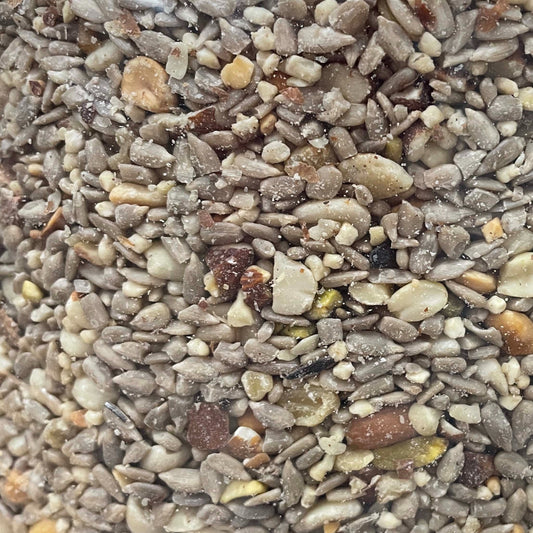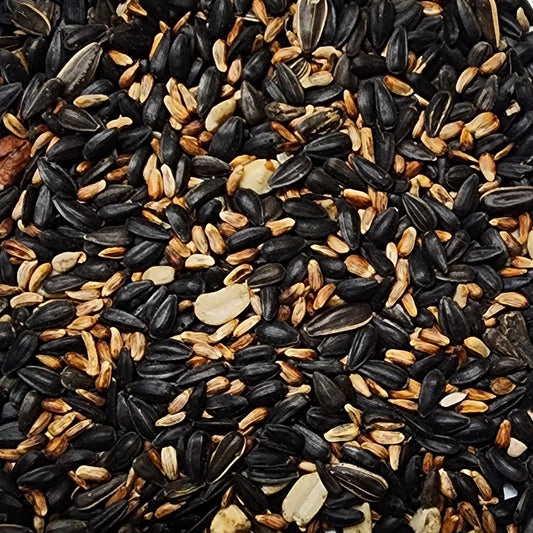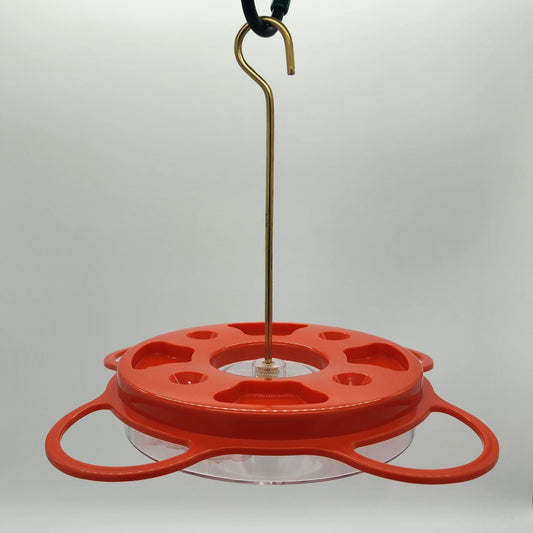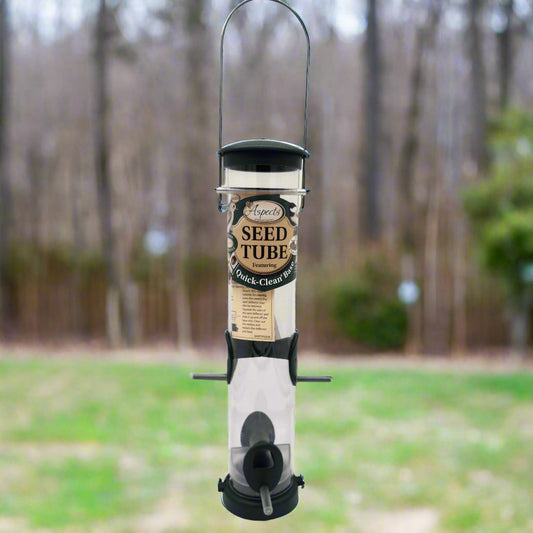Carolina Wren

Birds have many fascinating traits that make them unique. Some have outstanding plumages, interesting courtship displays, nesting habits, and rearing techniques. One of the most beautiful things that we enjoy about many birds is their song. This issue’s profile is on one of our most vocal songsters, the Carolina Wren (Thryothorus ludovicianus).
Its song, “tea kettle, tea kettle, tea kettle, tea” can be heard year round. The
Carolina wren is 5.5” to 6” in length, a rich rusty brown above and a warm buff below, with a white throat and eyebrow with a slightly curved bill. It prefers open woodland with brushy undergrowth.
Nesting sites are varied and range from brush piles, root tangles undercut by streams, nest boxes, mailboxes, etc. I had one nest in a flowerpot in my shed. They went under the door for access. The nest is a cup built of bark strips, leaves, grass, and other fine material.
Males can have from 27 to 41 different song types, singing each one repeatedly. They often match songs with other Carolina Wrens in neighboring territories. Occasionally pairs will duet back and forth adding to your confusion or enjoyment.
These birds can be attracted to suet, mealworms, sunflower chips, and cracked corn. Proximity to water can also help attract them.
Chiefly a southern species, these bird are vulnerable to harsh winters, especially lots of ice. Luckily for us, Carolina wrens are resilient and with enough suitable habitat, they can rebound. The January ice storm of 2002 really knocked their numbers down yet just in a couple of nesting seasons we are once again enjoying their cheerful, “chirpity, chirpity, chirpity, chirp.”
By John Burwell
Mark's Spotlight
-
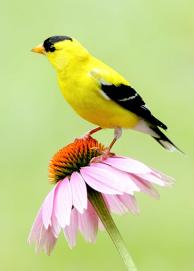
American Gold Finch
Read more about the American Goldfinch -
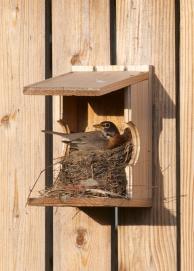
American Robin
Read more about the American Robin -
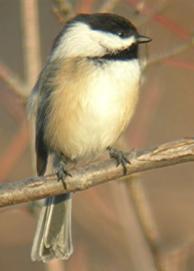
Black-Capped Chickadee
Read more about the Black-Capped Chickadee -
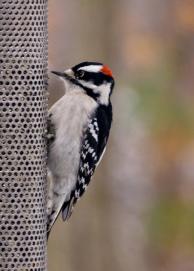
Downy Woodpecker
Read more about the Downy Woodpecker -
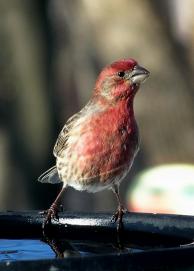
House Finch (Male)
Read more about House Finch -
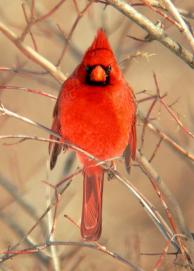
Northern Cardinal
Read More about Northern Cardinal
Shop Now!
-
Mark's No-Waste Blend™
Regular price From $15.99 USDRegular price -
Boardwalk Blend™
Regular price From $8.99 USDRegular price -
NP1009 OrioleFest
Regular price $29.99 USDRegular price -
Multi-Seed Tube Feeders w/Quick-Clean® Bases
Regular price From $59.99 USDRegular price







